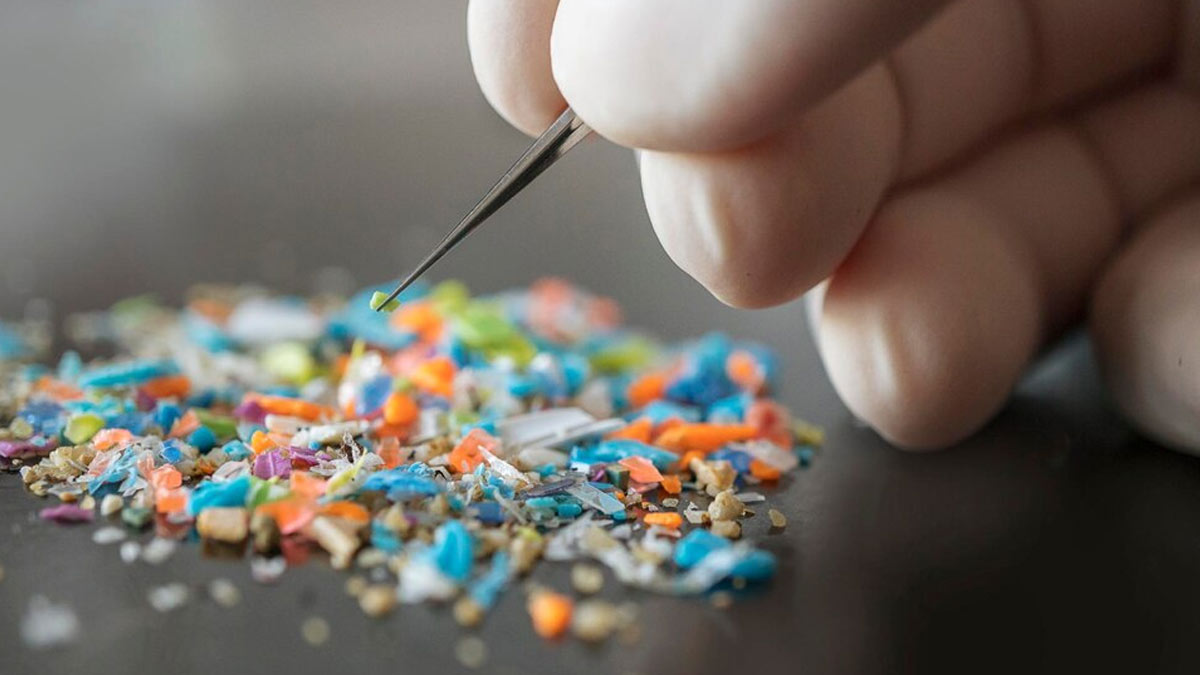
Tiny bits of plastic, called microplastics (MPs), are a big problem in the environment worldwide. While we know a lot about how they affect sea creatures and oceans, we don't know much about how they affect people's health, especially their heart and blood vessels.
Table of Content:-
A recent study published in the journal eBioMedicine took blood clots from 30 patients who had strokes, heart attacks, or leg clots. They found microplastics in 80% of the blood clots, with higher amounts in sicker patients. The more microplastics there were, the worse the patients' conditions seemed to be. The most common type of microplastic found was polyethylene (PE), which was about the size of a grain of sand and had different shapes.
How Microplastics in Blood Clots Can Lead to Heart Attacks
Microplastics are tiny plastic particles less than 5 millimetres in size, often originating from the breakdown of larger plastic products or as microbeads in personal care products. These particles are pervasive in our environment, contaminating water sources, soil, and even the air we breathe. Due to their small size, microplastics can enter our bodies through ingestion, inhalation, or skin contact.

Talking about a heart attack, or myocardial infarction, it occurs when blood flow to a part of the heart is blocked, usually due to a blood clot in a coronary artery. Microplastics in blood clots can exacerbate this process in several ways:
Inflammatory Response
Microplastics can trigger an inflammatory response in the blood vessels, promoting the formation of atherosclerotic plaques, according to a study by the Massachusetts Medical Society. These plaques, made of cholesterol, fats, and other substances, can rupture, leading to the formation of a blood clot that blocks the artery and causes a heart attack.
Platelet Activation
A study published in the journal Frontiers in Public Health said that microplastics can activate platelets, blood cells crucial for clot formation. Excessive platelet activation, especially in the presence of microplastics, can lead to the formation of larger and more obstructive blood clots within the arteries, increasing the risk of heart attacks.
Endothelial Dysfunction
Microplastics may impair the function of endothelial cells lining the blood vessels, according to a study published in PLOS ONE. Endothelial dysfunction is a precursor to atherosclerosis and can contribute to the development of blood clots that can trigger a heart attack.
Also Read: Columbia Study Finds 2,40,000 Nanoplastics In 1L Bottled Water: Here’s How It Can Damage Your Health

As per the eBioMedicine study conducted by Chinese researchers, when microplastics enter the bloodstream, they can interact with blood components and contribute to the formation of blood clots as well, medically known as thrombosis.
Mitigating The Impact Of Microplastics
While the full extent of the impact of microplastics on cardiovascular health is still being researched, there are steps individuals can take to reduce their exposure and mitigate potential risks:
- Minimise the use of single-use plastics and opt for reusable alternatives.
- Choose personal care products that are microplastic-free.
- Support initiatives aimed at reducing plastic pollution in the environment.
- Maintain a healthy lifestyle with regular exercise, a balanced diet, and routine medical check-ups to monitor cardiovascular health.
Also Read: Microplastics Found In Human Breast Milk For The First Time
The presence of microplastics in blood clots and their potential role in heart attacks highlight the need for further research and environmental actions to address plastic pollution. By raising awareness, adopting sustainable practices, and prioritising cardiovascular health, we can work towards a healthier future free from the hidden threat of microplastics.
Also watch this video
How we keep this article up to date:
We work with experts and keep a close eye on the latest in health and wellness. Whenever there is a new research or helpful information, we update our articles with accurate and useful advice.
Current Version